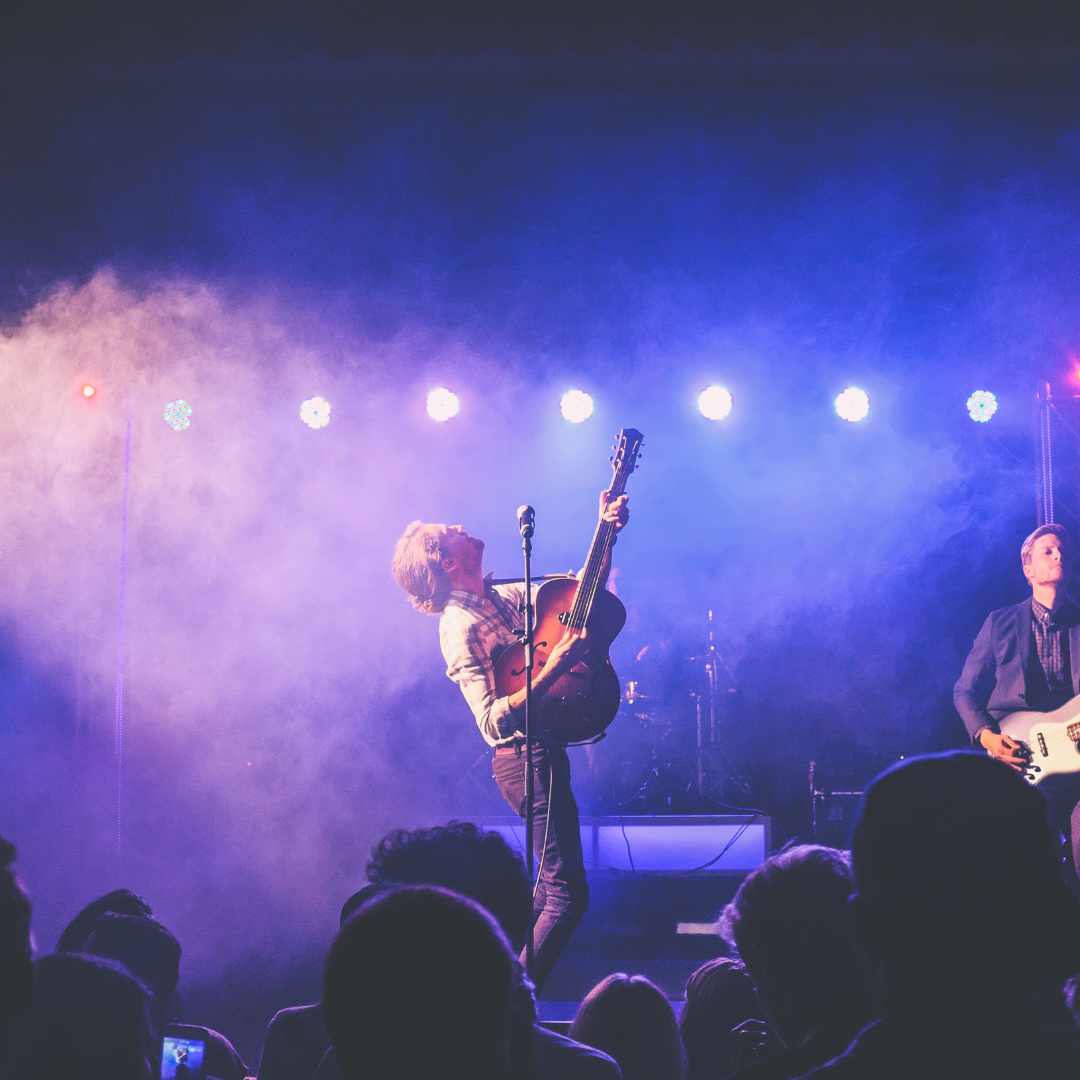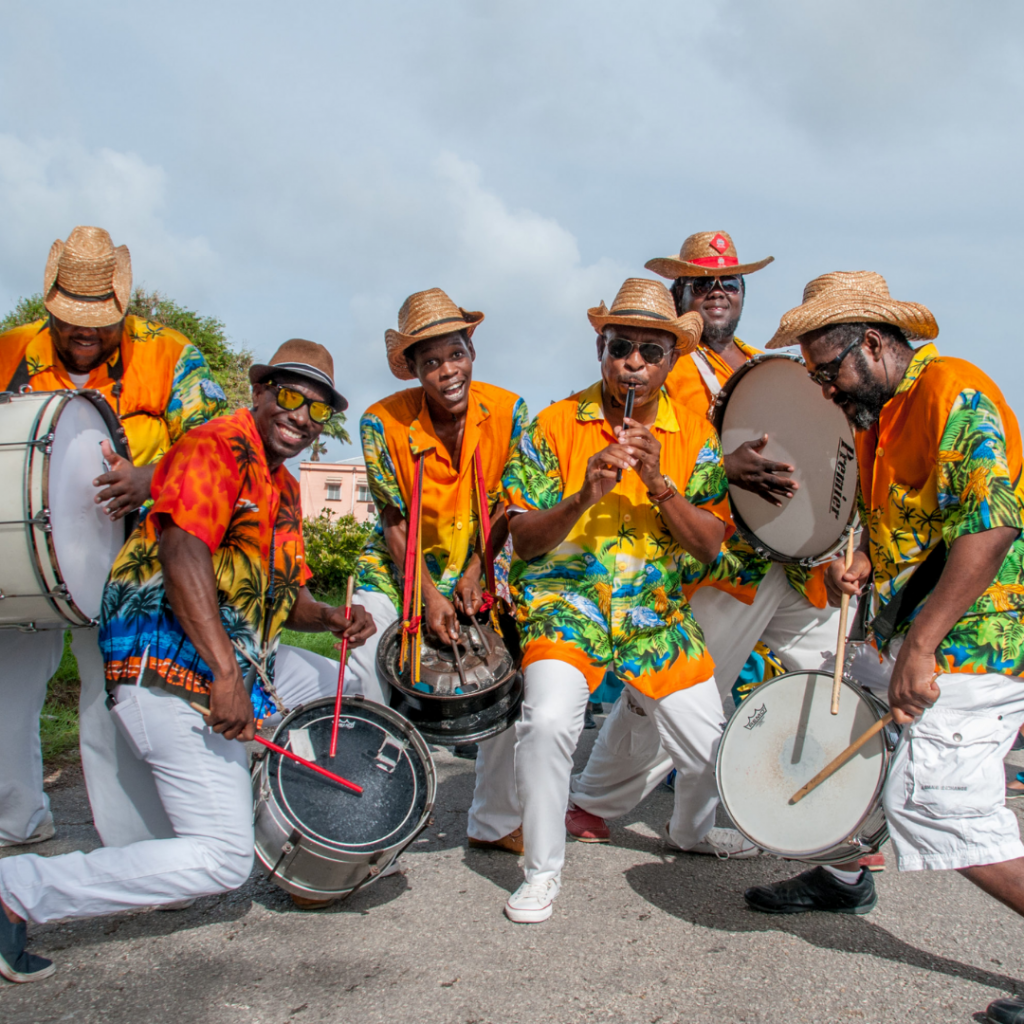Pop music has always been a driving force in society. It is what makes the radio commercial worth listening to and the advertisement worth going to your local store for. It has been around since the beginning of time and can be thought of as a living organism that constantly evolves and changes. In this blog article, you will learn the history of pop music and how it all started!
What Is Pop Music?
Pop music is a genre of popular music that was first developed in the United States during the late 1940s and early 1950s. It reached global popularity during the 1960s, and has since been described as “the most popular form of music in the world.” Traditional pop music is typically based on a simple chord structure and repetitive melodies, often with a beat or rhythm. Pop songs usually have easy-to-follow lyrics and moderate tempos, although they may also have more complex structures.
Pop music evolved from American rhythm and blues, which was popularized in the 1930s by African Americans. After World War II, white artists began to create pop music using country, western swing, big band, and gospel elements. In 1951, Chuck Berry released rock ‘n’ roll music on Chess Records, which led to larger record labels investing in pop stars. The Beatles were one of the first groups to achieve global success with their recordings in the early 1960s.
How Did Pop Music Start?
Pop music started with the creation of the first popular songs in the late 1800s. At that time, there were very few rules or conventions governing how popular music was supposed to sound. However, one important factor that helped make pop music so successful was its ability to be easily remembered and danced to by large audiences.
One of the earliest and most famous examples of pop music is “The Battle Hymn of the Republic,” which was written by John Francis Daley and Michael Stuart Hamilton in 1849. This song became an anthem for the Union Army during the American Civil War, and it eventually reached a wider audience after being featured in an Academy Award-winning movie called “Glory” in 1936. Another early example of popular music is “I Love You Because,” which was written by George Gershwin in 1935. This song became a hit for Jerry Lewis in 1957, and it has been covered by many different artists over the years.
Pop music continued to grow in popularity throughout the early 1900s, thanks to pioneers like Benny Goodman and Glenn Miller. These musicians developed new styles of jazz and swing music, which quickly became popular with fans across the United States. One of Goodman’s most famous songs is “The Benny Goodman Story,” which was released in 1935 and remains one of his most popular recordings to this day. The song has been covered by a number of different artists over the years, including Louis Armstrong and Ella Fitzgerald.
Who Started The Popularization Of Pop Music?
Pop music began as a novelty in the early 1900s, but it quickly became popular due to its catchy and upbeat melodies. The first pop artist was Eddy Howard, who released the single “Ain’t Misbehavin'” in 1932. Since then, pop music has evolved into a global phenomenon with countless stars and styles. Here is a look at the history of pop music:
The 1920s: Early Pop Music
Pop music began as a novelty in the early 1900s, but it quickly became popular due to its catchy and upbeat melodies. The first pop artist was Eddy Howard, who released the single “Ain’t Misbehavin'” in 1932. Since then, pop music has evolved into a global phenomenon with countless stars and styles.
During the 1920s, jazz and blues were popular genres of music, but pop music began to take centre stage as people started enjoying its catchy melodies more than anything else. This trend continued through the 1930s and 1940s when radio played a major role in spreading pop songs to a wider audience.
The 1950s-1960s: The Pop Era Begins
In the 1950s, rock ‘n’ roll emerged as an influential genre of pop music. Rock bands such as The Beatles and Elvis Presley made waves across America with their energetic performances and memorable songs like “Love Me Tender” and “Heartbreak Hotel.” Thanks to widespread media coverage and enthusiastic fans, rock ‘n’ roll quickly became
The Dawn Of The 60s: The Beatles
The Beatles are considered one of the most influential and iconic bands in musical history. Formed in Liverpool, England in 1960, the group quickly became international superstars with their groundbreaking music. Their early songs such as “Love Me Do” and “Please Please Me” captured the hearts of listeners around the world, and their subsequent albums – including “A Hard Day’s Night”, “Beatles for Sale”, “Help!” and “The Beatles”, which sold over 1 billion records – helped shape popular music into what it is today.
The 80s: Miami, Madonna, And Michael Jackson
The 80s were a time of great change in pop music. Michael Jackson dominated the charts with his unique sound and Madonna became one of the biggest stars in the world with her sexually charged videos. Miami also made an impact on pop culture, with artists like Gloria Estefan and Ricky Martin becoming famous.
The 90s And 2000s: Hip Hop And Edm
From the 1990s to the 2000s, hip hop and electronic dance music (EDM) were two of the most popular genres of popular music. Hip-hop became a mainstay in mainstream culture, while EDM retained its underground roots. Hip-hop began to gain popularity in the early 1990s with artists like Run-DMC and The Beastie Boys. By the mid-1990s, hip hop had become a major genre of music, with stars like Tupac Shakur and Biggie Smalls topping charts and achieving widespread popularity.
Meanwhile, EDM was starting to gain traction in the late 1990s and early 2000s. Artists such as Above & Beyond, Tiesto, and Moby emerged as some of the biggest names in EDM. While hip-hop remained dominant at first, by the late 2000s EDM had begun to make significant inroads into the mainstream market. In 2010, Drake released “Take Care” featuring Rihanna, which became one of the most successful singles in history.
Today, hip hop and EDM remain two of the most popular genres of popular music. Both continue to grow in popularity across all age groups and around the world.



